| Plant Habit: | Herb/Forb |
| Life cycle: | Perennial |
| Sun Requirements: | Partial or Dappled Shade |
| Water Preferences: | Wet Mesic Mesic |
| Plant Height: | 4-5 inches |
| Plant Spread: | 18-24 inches |
| Leaves: | Evergreen Fragrant Broadleaf |
| Flowers: | Inconspicuous |
| Flower Color: | Brown Green Other: Purplish-brown to greenish-yellow |
| Flower Time: | Late spring or early summer |
| Underground structures: | Rhizome |
| Uses: | Groundcover Medicinal Herb Will Naturalize |
| Edible Parts: | Leaves Roots |
| Eating Methods: | Tea |
| Resistances: | Drought tolerant |
| Propagation: Other methods: | Division |
| Pollinators: | Flies |
| Conservation status: | Least Concern (LC) |
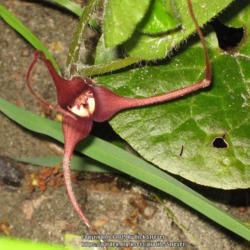
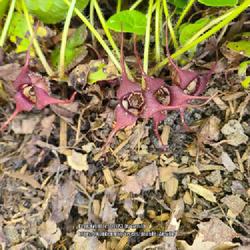
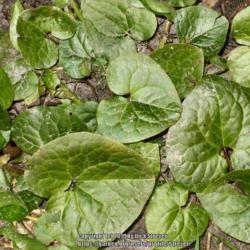
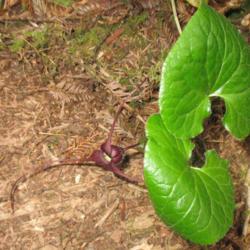
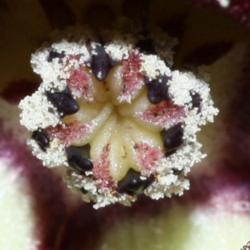
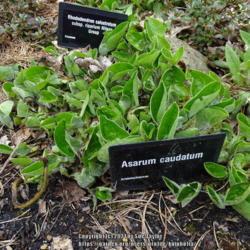
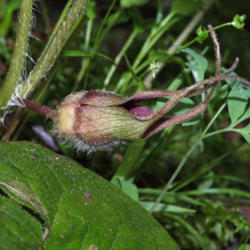
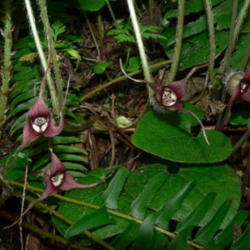
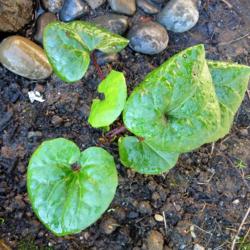
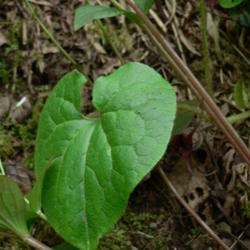
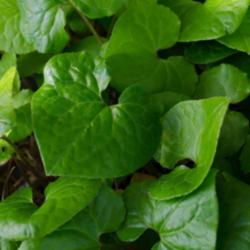
« Add a new plant to the database
» Search the Wild Gingers Database: by characteristics or by cultivar name
« See the general plant entry for Wild Gingers (Asarum)